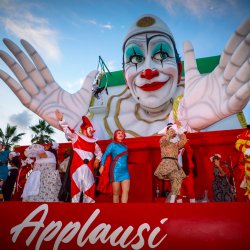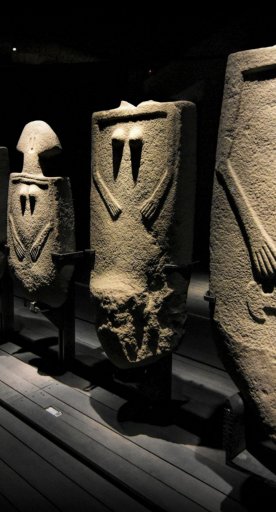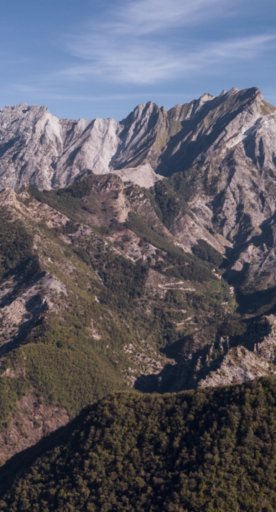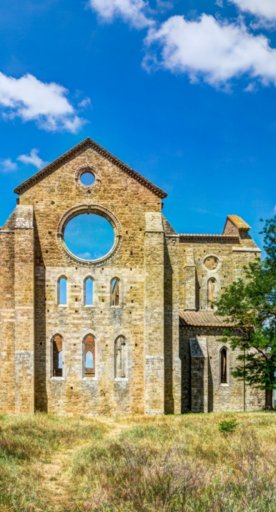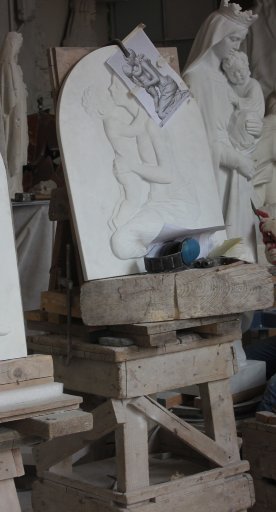
Accessible Tuscany: ideas for every season of the year
Tips and suggestions for a barrier-free visit
Traveling is a right and ensuring barrier-free tourism means offering the opportunity for authentic experiences to everyone, regardless of their needs.
With its artistic, cultural and natural heritage, Tuscany is increasingly striving to offer inclusive tourism, with destinations and activities designed to accommodate all travelers.
-
1.Spring
-
2.Summer
-
3.Fall
-
4.Winter
Spring

Spring can be one of the best times to visit Tuscany. It isn’t too hot, the days are growing longer and number of visitors is still easily manageable.
A great place to start is definitely Pisa, which celebrates Capodanno Pisano (Pisan New Year) on March 25.
According to the Pisan calendar of the ancient Maritime Republic, which was in use until 1749, the year began on March 25. Even today, a historical procession passes through the city on this date. The celebration culminates in a religious ceremony in the Cathedral where the New Year is solemnly proclaimed. The Cathedral is located in the famous Piazza dei Miracoli, a picturesque expanse that is home to monuments and museums that are all fully accessible, except the Leaning Tower which, with its 251 steps, is not accessible to anyone with mobility disabilities. All attractions in the square can also be enjoyed by people with cognitive disabilities, deaf people and those who are hard of hearing, blind or visually impaired.
To learn more, check out the article on Accessible Museums in Pisa.
Summer

Summer in Tuscany means the sea and beach. Thanks to inclusive projects and interventions to eliminate architectural barriers, such as dedicated pedestrian walkways, well-equipped access at free beaches and floating beach wheelchairs available, the pleasure of the sea is finally within everyone’s reach.
There are a variety of options in Maremma, from free umbrellas, deckchairs and sunbeds for people with disabilities to maps marking out the accessible routes in Grosseto.
Along the Etruscan Coast, all establishments within the Sterpaia Nature Park follow the principle of full inclusion. Versilia likewise offers several solutions for people with mobility issues.
And for those who enjoy museums and cultural activities, Livorno has accessible museums such as the Museum of the City of Livorno and the Natural History Museum of the Mediterranean, while in Grosseto, barrier-free cultural venues include the Museum of Sacred Art of Maremma and the Cathedral, among others.
Fall

Autumn in Tuscany is an enchantment of colors and ideas, with landscapes tinged with warm and welcoming hues.
Mild temperatures invite the discovery of villages and towns, while seasonal flavors such as truffles and chestnuts reveal Tuscany in all its authenticity.
For those seeking something truly unique, every year until October 16, you can admire the floor of the Cathedral of Siena, usually covered but laid bare for a short period each year. This unique work of art consists in a marble inlay that great artists from Siena and beyond worked on from the 14ᵗʰ to 19ᵗʰ centuries.
Vasari called it the “grandest and most magnificent” floor to have ever existed and it is not hard to see why! Designed by Renaissance masters, copied by marble workers and produced by stonemasons in splendid local marbles, seeing this floor is an unforgettable experience possible for only a few weeks a year. Yet, Siena also has much more to offer, with a bevy of options for people with disabilities, thanks to dedicated routes in museums and cultural venues.
Winter
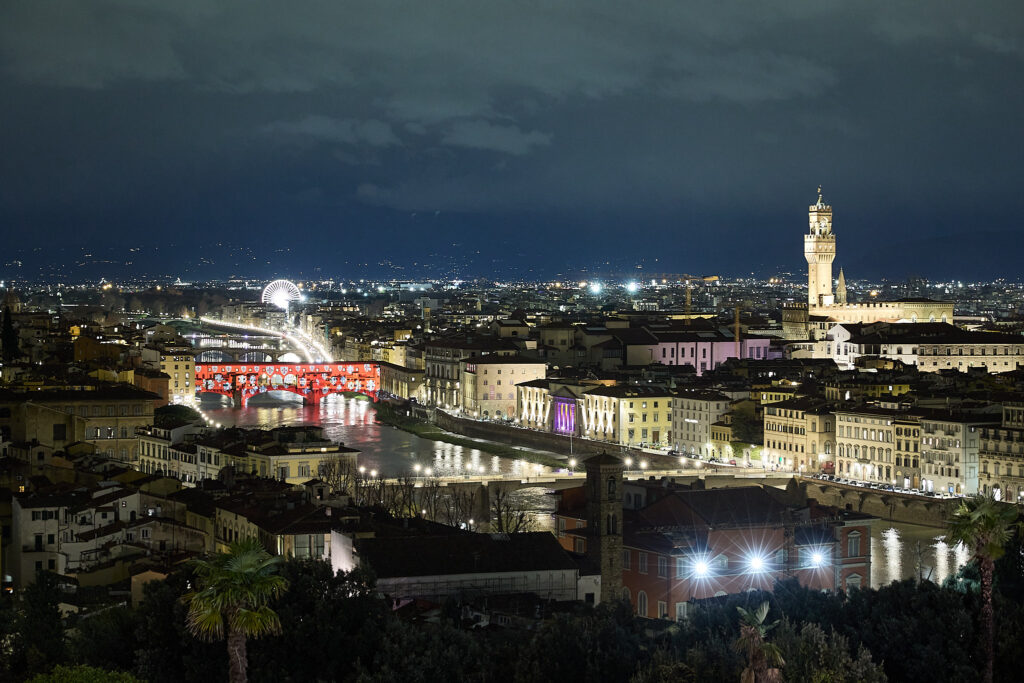
In winter, the enchantment of Christmas lights spreads cheer to every corner of Tuscany and even Florence shines like never before.
Plays of light and projection mapping transform iconic sites such as Ponte Vecchio, Palazzo Vecchio, the facade of the Basilica of Santa Maria Novella and Palazzo Medici Riccardi into an enchanting light show spread throughout the city.
On December 8, the lighting of the majestic Christmas tree in Piazza Duomo marks the official start of the holiday season, in a moment of pure excitement.
During this special time, visitors to the city can be enchanted by the Florentine Christmas while discovering the many accessible museums Florence has to offer.
Starting from the Uffizi Gallery to the wonderful Monumental Complex of Santa Croce, the proposals are numerous and all interesting.



